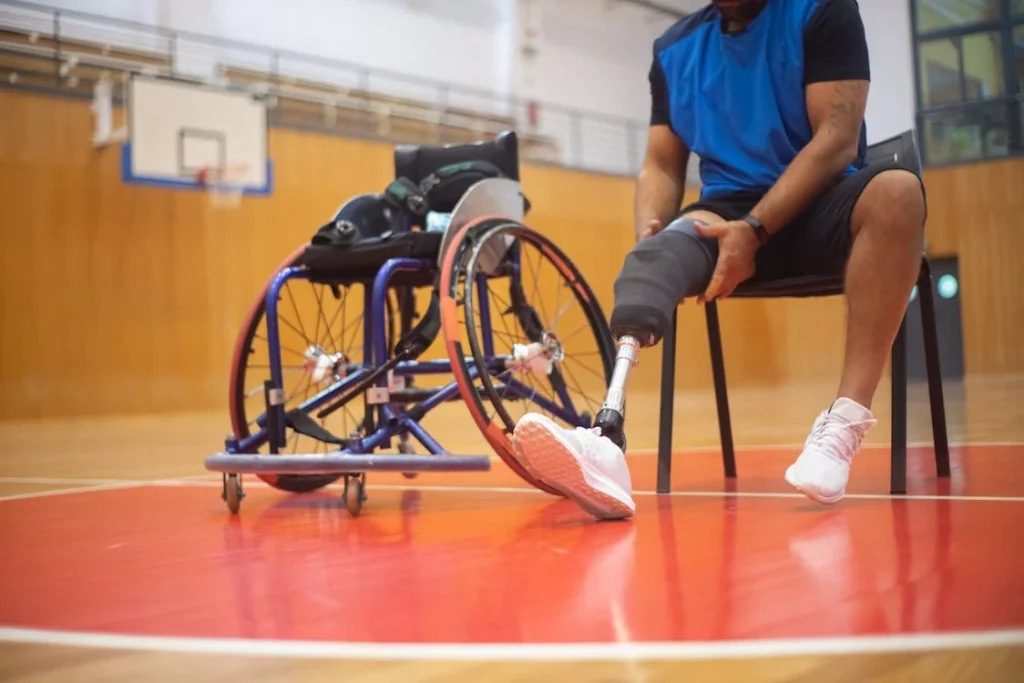Getting a prosthesis is not just about fitting an artificial limb. It’s about healing, rebuilding, and moving again with confidence. But one thing many people don’t realize is how closely physical therapy and prosthetic fitting are connected. They are like two wheels on the same bicycle — if one slows down, the other can’t go far either. In this guide, we’ll walk you through how both processes work hand-in-hand and what to expect at every step.
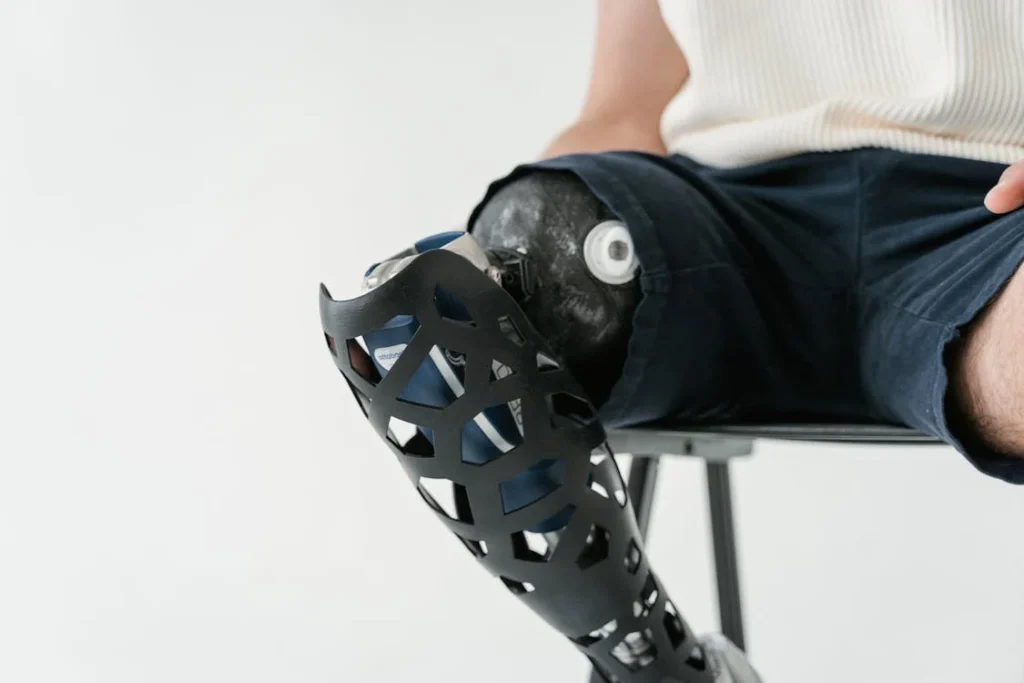
Understanding the Journey After Amputation
The Role of Healing First
Before anything else, your body needs time to heal after amputation. This early stage is crucial and often misunderstood. It’s not just about the wound closing. It’s about the skin, muscles, and nerves adapting to a new structure.
The shape of the residual limb (also called the stump) changes a lot during this period. It can swell, shrink, and become more firm or loose depending on the care it receives.
Good wound care, proper hygiene, and monitoring for infections are the first goals. This is where your rehab team — including your surgeon, physical therapist, and prosthetist — begins working together. The better the healing, the easier it becomes to fit the prosthesis later on.
The First Signs That Physical Therapy Should Begin
Physical therapy starts much earlier than most people think. You don’t wait for the prosthesis to start moving. Right after surgery — sometimes just days later — therapists begin with gentle exercises.
These aim to maintain strength in the remaining muscles, prevent stiffness in nearby joints, and keep circulation healthy.
For instance, if you had a below-knee amputation, exercises will focus on your hips, thighs, and the knee on the affected side. These muscles are important to help you stand and walk later with your prosthesis. If these muscles are weak or stiff, the fitting process becomes harder and slower.
How Physical Therapy Prepares the Body for a Prosthesis
Getting the Residual Limb Ready
A well-shaped residual limb is key to a comfortable prosthetic fit. If the limb is too swollen or has excess soft tissue, the socket — the part of the prosthesis that touches your skin — won’t fit well.
That’s why therapists help you manage limb shaping with compression bandages or shrinker socks. These tools gently squeeze the limb into a smoother, rounder shape.
Besides shaping, therapists also focus on desensitization. This simply means getting your limb used to touch, pressure, and contact. Many people feel sharp pain or sensitivity when anything brushes against the scar.
If not treated, this can make wearing a prosthesis painful. So, therapists use soft cloths, massage, tapping, and even gentle textures to reduce this sensitivity.
Improving Balance and Strength Without a Prosthesis
Before a prosthesis is even fitted, you’ll be doing standing and walking exercises — often with a walker, crutches, or parallel bars. The goal is to train your brain and body to stay balanced with your changed center of gravity.
Core strength is one of the biggest predictors of how well you’ll do once you get your prosthesis. The stronger your back and abdominal muscles, the less effort it takes to walk, turn, and stand with a new leg.
Physical therapists guide you through tailored routines that build core and lower-body strength, depending on your level of amputation.
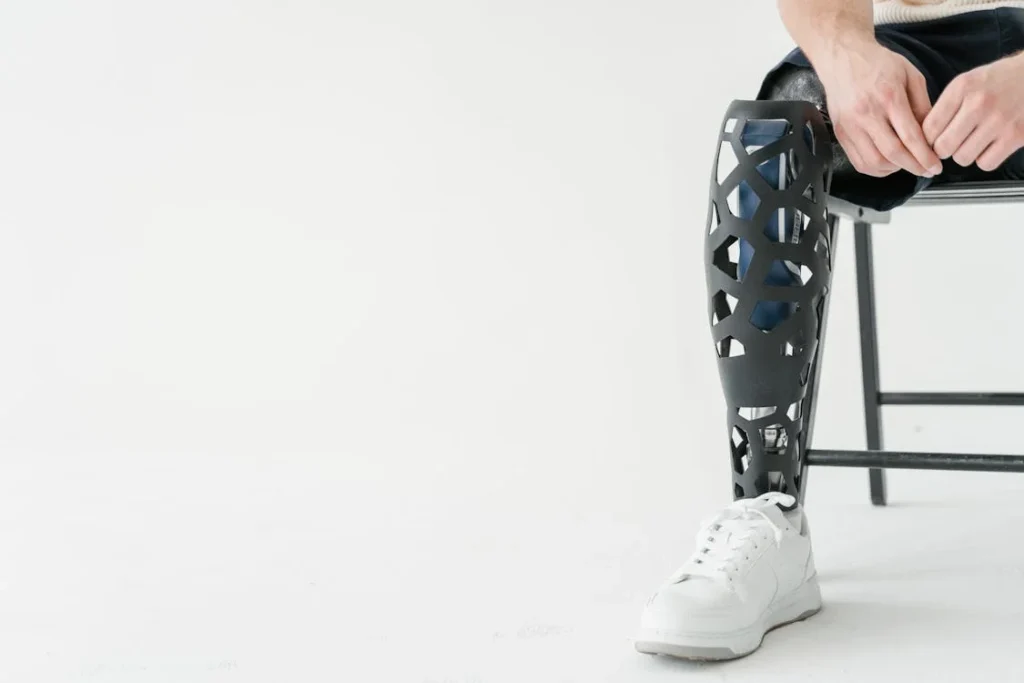
When Is It Time for Prosthesis Fitting?
Timing Depends on Healing and Strength
There’s no fixed date when everyone gets their first prosthesis. But usually, once the wound has healed, swelling has reduced, and your limb shape has stabilized, the prosthetist begins measurements.
This could be anywhere from 4 to 12 weeks after surgery — sometimes longer, if complications arise.
You’ll often go through a temporary prosthesis stage first. This version is adjustable and gives your rehab team the chance to see how your limb is handling the pressure and movement.
Think of it as a trial run. It allows your muscles and skin to adapt gradually before a final prosthesis is made.
During this time, physical therapy doesn’t stop. In fact, it becomes more important than ever. Therapists help you learn how to put weight on the limb, how to shift your balance, and how to walk evenly. They also teach you how to remove and care for the prosthesis.
Signs That You’re Ready for the Final Fit
You’ll know it’s time for a permanent prosthesis when:
- Your residual limb size and shape stay the same for a few weeks.
- You can tolerate wearing the temporary prosthesis for most of the day.
- You’re able to walk with even steps, minimal discomfort, and good control.
- Skin issues like redness, blisters, or pressure sores are under control.
Your prosthetist will take new measurements and begin crafting a custom-fit prosthesis, designed just for your body, movement goals, and daily needs.
Physical Therapy After Getting the Prosthesis
The Learning Curve of Walking Again
Once your final prosthesis is fitted, the journey isn’t over — it just changes direction. Now, you’re learning how to walk again. Not like a baby learning for the first time, but like someone learning to drive a new vehicle. You already know how to move, but your body now needs to work with a mechanical part.
Therapists will guide you through gait training — which simply means walking practice. You’ll learn to step evenly, roll your foot correctly, and avoid limping.
Many people develop a habit of overcompensating with the stronger leg, but this can lead to joint pain in the hips, knees, or back later. Therapists help you avoid these problems early on.
You’ll also train on ramps, stairs, curbs, and different surfaces. Real-world walking is rarely perfect or flat, so you need to be ready for everything from gravel to slippery tiles. The more confident you are, the less you rely on canes or crutches.
Managing Pain and Preventing Injury
Pain can creep in even months after prosthetic fitting. Sometimes it’s muscle soreness, and other times it’s due to pressure from the socket. This is where close teamwork between your prosthetist and therapist matters most. T
hey’ll make adjustments — whether it’s changing socket padding or tweaking your walking style — to keep things comfortable.
Therapists also teach you to spot warning signs early. If your residual limb becomes red, swollen, or overly warm after use, that’s a sign to rest or get a fit check. Staying ahead of injuries is better than waiting for them to become serious.
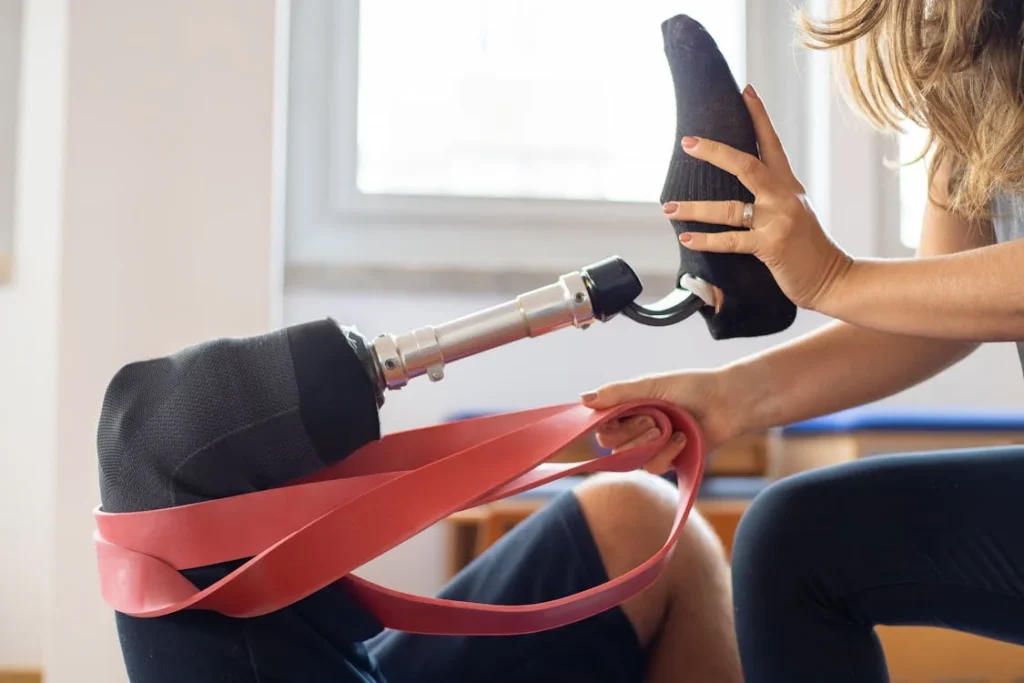
What Happens When Physical Therapy and Prosthetic Timelines Don’t Match?
Delays in One Can Slow Down the Other
Let’s say your limb isn’t healing well. Maybe there’s an infection or swelling that won’t go down. That means prosthetic fitting has to wait. And while you wait, your muscles can weaken, joints can stiffen, and balance can get worse — making physical therapy harder.
On the flip side, if someone doesn’t attend therapy regularly, their body might not be strong or stable enough for a prosthesis. Even if the socket fits perfectly, they might struggle with walking, fall often, or avoid using it out of fear.
That’s why communication between the whole rehab team is vital. Everyone — from your surgeon to your prosthetist to your therapist — needs to work together and update each other regularly. This team-based care ensures no one moves too fast or too slow.
How to Stay on Track With Both
You, as the patient, are also part of this team. Being active, following home exercises, and reporting issues early makes a big difference. If you miss sessions or delay care, timelines stretch out and recovery can be frustrating.
Your care team will give you realistic goals and timelines — but these can change based on how your body responds. Be patient, but also proactive.
Ask questions, share concerns, and don’t hide discomfort. You’re not expected to know everything, but your feedback helps everyone support you better.
Why Early Physical Therapy Matters More Than You Think
Preventing Muscle Atrophy and Contractures
The human body is amazing at adapting, but it also has one flaw — if you don’t use a muscle, it gets weaker fast. In just two to three weeks of inactivity, muscles can shrink significantly. For someone who’s just had an amputation, this becomes a real concern.
When a limb is removed, it’s not just that part that’s lost. The surrounding muscles — which once helped in movement, balance, and stability — are no longer being used in the same way.
If physical therapy doesn’t step in early, these muscles begin to weaken and tighten. The joints can also stiffen, especially in the knees or hips, depending on where the amputation happened.
This is called contracture — where a joint becomes stuck in one position and resists movement. It can stop you from fully straightening your leg or arm, making prosthetic use extremely difficult.
Once a contracture forms, it can take months of therapy to undo. That’s why therapists work proactively, stretching and moving your joints from day one.
Early therapy also improves blood flow, lowers the risk of blood clots, and helps reduce phantom limb pain. So even if you’re just doing simple bed exercises, you’re already paving the way for better prosthetic use.
How It Shapes Long-Term Independence
People often ask, “When will I walk again?” But that’s the wrong question. The better question is, “How can I prepare myself to move well when I do get my prosthesis?” Because walking with a prosthesis is a skill. And like all skills, it takes time, effort, and practice.
Starting therapy early builds the physical and mental strength you’ll need later. It improves your confidence and sense of control. And most importantly, it shortens the gap between surgery and walking again.
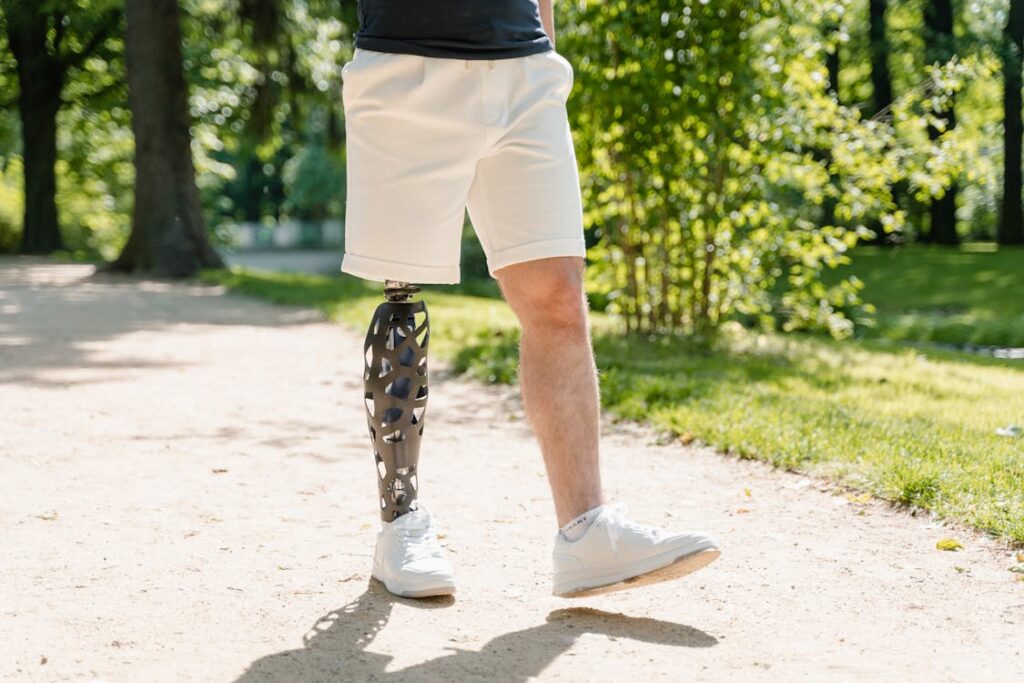
Inside a Patient’s Day: What the Combined Timeline Looks Like
The First 30 Days
Right after surgery, the focus is on healing and preparing the body. Therapists may visit your hospital bed to begin light movements, stretching, and core strengthening.
You might also be taught how to position your limb in bed to avoid joint stiffness. By week two or three, compression therapy begins to help shape the residual limb.
During this phase, your prosthetist may visit to assess your limb and plan ahead. But there’s no socket fitting yet — that only starts once healing is complete. Emotional support is also key at this point, since many patients are still coming to terms with the limb loss.
Day 30 to Day 90
This is when the real preparation picks up. You’re likely discharged from the hospital and start outpatient physical therapy.
Sessions are more intense and include resistance training, balancing drills, wheelchair mobility (if needed), and learning to transfer safely between surfaces (like bed to chair).
If your healing is on track, this is also when a temporary prosthesis is introduced. You’ll begin partial weight-bearing exercises with the help of a walker.
Therapists carefully observe your posture, stride, and how your residual limb is tolerating the new pressure. Adjustments are made frequently during this period.
By day 90, if all goes well, you may start using your temporary prosthesis for most of the day, with breaks to rest and recover. Your gait starts to improve and energy levels often increase.
Month 4 and Beyond
If you’re progressing steadily, your prosthetist will begin designing the permanent prosthesis. Physical therapy now shifts focus toward endurance, speed, and complex movement tasks — climbing stairs, walking outdoors, standing for longer durations, and getting in and out of vehicles.
This is also when many patients return to work, take up hobbies, or start setting goals like running or sports. The body and mind are more resilient now. But continued therapy — at least twice a week — is still recommended for up to a year post-surgery.
Common Challenges and How to Overcome Them
Limb Volume Fluctuations
Even after the residual limb is shaped and the prosthesis is fitted, your limb size may keep changing. It can swell during hot weather, shrink in the cold, or fluctuate depending on how active you are. This affects how well your prosthesis fits.
To manage this, therapists and prosthetists often use sock management — thin or thick liners that adjust the tightness of the socket. Learning when and how to use them is a skill in itself, and therapists play a big role in training you for this.
If limb volume changes too much, the socket might need to be remade. That’s why consistent physical therapy is useful — it helps maintain stable tissue tone and muscle control, which reduces drastic changes.
Fatigue and Frustration
Recovery is not linear. Some days you’ll walk great, and the next day, feel like you’ve forgotten everything. It’s normal.
Your brain is rewiring itself to work with a prosthesis, and that takes effort. Using a prosthesis also burns more energy than natural walking, especially in the early months.
Therapists help you pace your energy, avoid overexertion, and use breathing techniques to recover faster. They also provide emotional support — because mental burnout is very real during rehabilitation. At Robobionics, we often say: “It’s okay to slow down. Just don’t stop.”
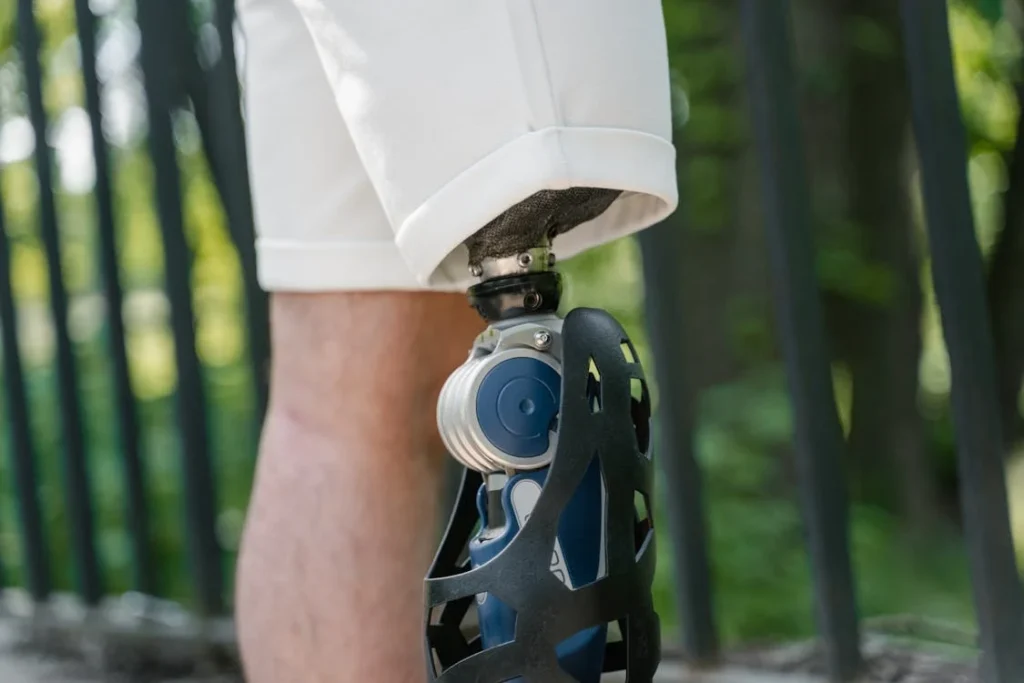
Emotional Connection Between Therapy and Prosthesis Use
Building Confidence One Step at a Time
Confidence doesn’t come from the prosthesis. It comes from knowing how to use it well. Every time a patient takes a successful step without falling, climbs a stair without help, or walks on grass without fear — a part of their confidence is restored.
Therapy plays a key role in this. Therapists don’t just show you how to move; they coach your mindset. They teach you how to get up from a fall, how to adapt if your limb hurts, and how to keep going even when things get tough.
Confidence is not about walking the farthest — it’s about trusting your body again. The more you train in therapy, the more trust you rebuild.
Reconnecting With Your Identity
Losing a limb can shake your sense of self. People often wonder how they’ll be seen by others, whether they’ll be able to do what they used to love, or if they’ll ever feel “whole” again. But over time, therapy and prosthetic use can help reshape that story.
You’re not going back to your old self. You’re building a stronger version of yourself — one who’s adaptable, resilient, and still capable of joy. And every physical milestone you hit becomes a reminder of that strength.
The Power of Team-Based Rehabilitation
Why Communication Between Providers Matters
Prosthetists and physical therapists don’t work in silos. The best outcomes come when they speak regularly, share notes, and tweak their plans based on your progress.
For example, if a therapist notices that your socket is causing skin irritation, they inform the prosthetist right away. If the prosthetist observes weakness in one leg, they recommend a different therapy approach.
At Robobionics, we encourage integrated care plans where all specialists — including occupational therapists, surgeons, and psychologists — stay in the loop. You, the patient, are always at the center of that plan.
Your Role in the Team
You’re not just a passive receiver of care — you’re an active part of your recovery. When you follow home exercises, show up to appointments, and speak up about discomfort, you make the whole team’s job easier and more effective.
Recovery works best when it’s a conversation, not a prescription. Don’t hesitate to ask questions. Whether it’s about prosthetic adjustments, walking style, or pain management, your curiosity helps guide the team in the right direction.

How the Indian Healthcare System Affects Timelines
Challenges Unique to India
In India, prosthetic timelines can be delayed due to logistical challenges — travel distance to clinics, affordability, lack of trained rehab centers in rural areas, and limited insurance coverage for prosthetic devices.
Many patients are also unaware of how essential physical therapy is, and skip it thinking they’ll adapt on their own.
This creates a huge gap in outcomes. At Robobionics, we’ve seen patients in metro cities progress within months, while rural patients take a year or more — not because of physical limitations, but due to limited access and education.
Steps to Bridge the Gap
We’re working to change this by:
- Partnering with therapy clinics across India to ensure better regional access
- Offering virtual therapy guidance for patients in remote areas
- Educating families and caregivers on the importance of rehab
- Building modular prosthetic systems that are easier to adjust as the patient progresses
With better awareness and accessibility, prosthetic timelines in India can match international standards — and physical therapy plays the biggest role in making that possible.
Special Cases: When Recovery Isn’t Straightforward
Multiple Limb Loss or Bilateral Amputations
For patients who’ve lost more than one limb — for instance, both legs — the therapy and prosthetic journey becomes more complex. Balance, weight distribution, and strength requirements double, and the emotional toll can be heavier.
These cases require a more structured therapy plan with assistive technologies like parallel bars, body-weight support systems, and robotic trainers.
Therapists work meticulously to teach transfers (like from wheelchair to toilet or bed) since walking might be delayed. Patients often start with one prosthetic limb before progressing to the second, allowing the brain and body to adjust gradually.
In such cases, prosthesis fitting timelines are longer, but each milestone carries immense meaning — even standing for a few minutes becomes a triumph.
The key here is consistency. Even small gains through daily therapy — like a few extra minutes of standing balance — build the foundation for greater freedom.
Children and Adolescents With Limb Loss
Unlike adults, children’s bodies keep growing — which means their prosthesis must be frequently adjusted or replaced. Physical therapy for kids includes a mix of play, education, and structured movement to maintain attention and encourage compliance.
Pediatric prosthetists often create lightweight, colorful limbs that engage young users and feel less clinical.
Fitting a child with a prosthesis too late can impact bone growth, balance, and emotional development. That’s why both therapy and fitting must be started early, and then adjusted frequently. Unlike adults who may hesitate, children often adapt faster when supported well.
Therapists also help children keep up with school, playground activities, and peer interaction, all while managing their physical growth and prosthetic needs.
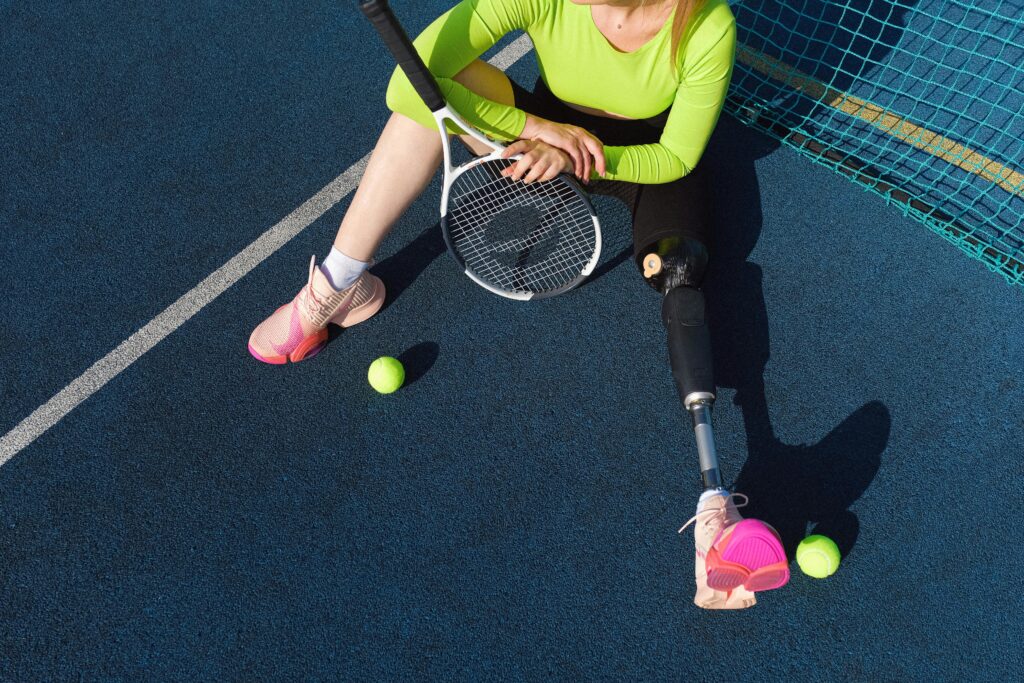
Cultural Beliefs and Mental Blocks in Rehabilitation
Fears Around Pain, Judgement, and ‘Incompleteness’
In many Indian communities, there’s still hesitation around prosthetic limbs. Some patients fear they’ll never be “complete” again, or worry about how others will view them.
Social stigma, especially among women, can cause patients to hide their limb loss or avoid using a prosthesis altogether.
These fears often spill into therapy, making patients resistant to push themselves or even attend sessions. That’s why therapy includes more than movement — it involves conversation, reassurance, and mental conditioning.
Therapists often become coaches, helping patients rebuild not just muscles but mindset.
Community outreach is equally important. The more society sees prosthesis users living full lives, the more acceptance grows — creating a healthier loop where patients feel motivated to recover fully.
The Family’s Influence on Recovery
In Indian families, recovery is rarely individual. Parents, spouses, siblings — everyone becomes part of the process. And while support can be helpful, overprotection can sometimes slow progress.
For example, if a family member insists on doing everything for the patient, the patient might lose the motivation to become independent again.
Therapists often involve family members in sessions, not just to demonstrate exercises but to educate them on when to assist and when to step back.
Families are shown how to create safe environments at home — like installing grab bars, removing rugs, or rearranging furniture for smoother movement.
A well-informed family can be a huge asset. They become the emotional backbone of recovery and ensure therapy continues even between clinic sessions.
conclusion
At Robobionics, we believe prosthetic success is not just about high-tech limbs — it’s about teamwork, patience, and building confidence step by step. Physical therapy and prosthesis timelines don’t run on separate tracks. They grow together. When both are aligned, your recovery becomes smoother, faster, and more empowering.
Whether you’re just starting your journey or already walking with a prosthesis, always remember: your progress is the result of small steps done right. Trust the process, stay committed, and know that every effort you make is moving you closer to independence.
If you have questions about your prosthesis or want to know more about rehab timelines, our team is always here to help. Because at Robobionics, your movement is our mission.



